Note: This post contains affiliate links which means if you click on a link and purchase an item, we will receive an affiliate commission at no extra cost to you.
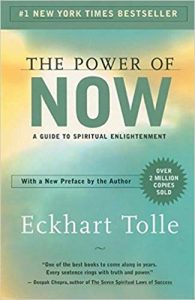 Ready to learn the most important takeaways from The Power Of Now in less than two minutes? Keep reading!
Ready to learn the most important takeaways from The Power Of Now in less than two minutes? Keep reading!
Why This Book Matters:
Bestselling author Eckhart Tolle teaches you to conquer the seemingly impossible feats of eliminating suffering and cultivating a truly peaceful existence.
Staying in the moment, keeping your ego in check, and observing your thoughts without judgment are some of the most powerful strategies in our quest for true happiness.
Key Takeaways:
- Improve your life by continuously focusing on the present
- Don’t spend time regretting the past or worrying about the future, because happiness is found in experiencing the present.
- Example: The task of writing an academic paper can feel overwhelming. By focusing on one piece at a time, you can actually enjoy the process more.
- Prevent the destructive habits of ego from blocking your happiness
- Ego is the part of the mind that stops happiness and even causes people to sabotage themselves through pettiness and drama.
- Example: Two egos in the same room may start a fight over whose turn it is to clean the kitchen, which balloons into a larger disagreement.
- Focus more on the body and less on the mind to achieve inner peace
- Your mind can cause pain through regretful memories or future worry. Placing priority on your physical wellness reduces the power your mind has over your happiness.
- Example: After fasting for six years to achieve enlightenment and failing, Buddha found true enlightenment by feeling at one with his own body.
- Break your mind’s control by observing your thoughts without judgment
- Observing your thoughts creates a gap in flow and reveals how thoughts wield power.
- Example: If you go for a run in the middle of the day and your mind nags you about skipping work, notice the thought, but don’t judge it as positive or negative.
- Live in a state of active waiting
- Living in a permanent state of awareness, like something important is about to happen, enables you to resist living in the past or daydreaming about the future.
- Example: Martial arts masters train pupils to be physically ready for a strike even when they are in a state of rest.
- Living in the present can improve your relationship with your partner, eventually
- At first, your partner’s ego can drag you down, but then they will feel the positive effects of your inner peace.
- Example: Your partner may pick a fight over who does the dishes, but when you decline to engage in the fight consistently, they will no longer make it an issue.
- Living in the present does not mean you can avoid all pain
- Some pain can’t be avoided. The sooner you accept that the less suffering you endure.
- Example: Losing someone close is painful. Accepting it is key to avoiding more pain.
- Surrendering to the present does not mean you need to live a passive life
- You can live passively internally but still handle situations that require action externally.
- Example: Getting stuck in the mud will require you to take action to get yourself out instead of just accepting the fact you’re stuck and doing nothing about it.

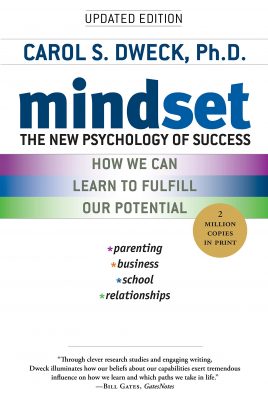
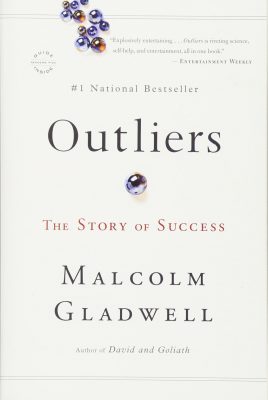
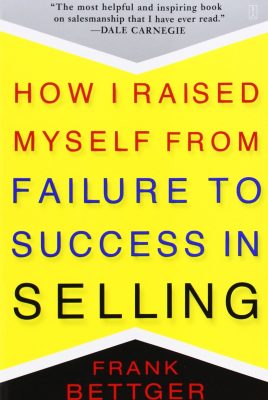
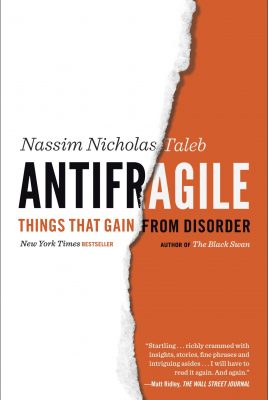
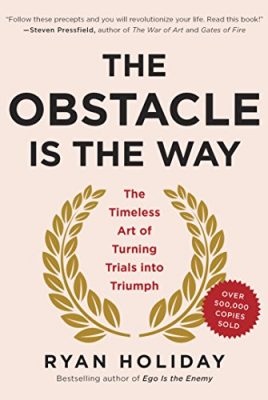

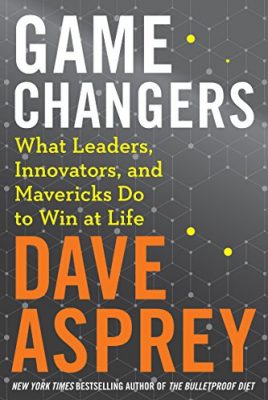
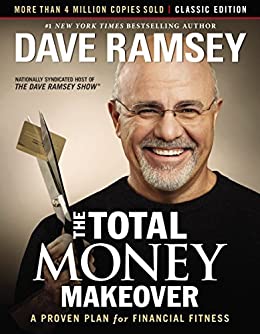
Leave a Reply
View Comments